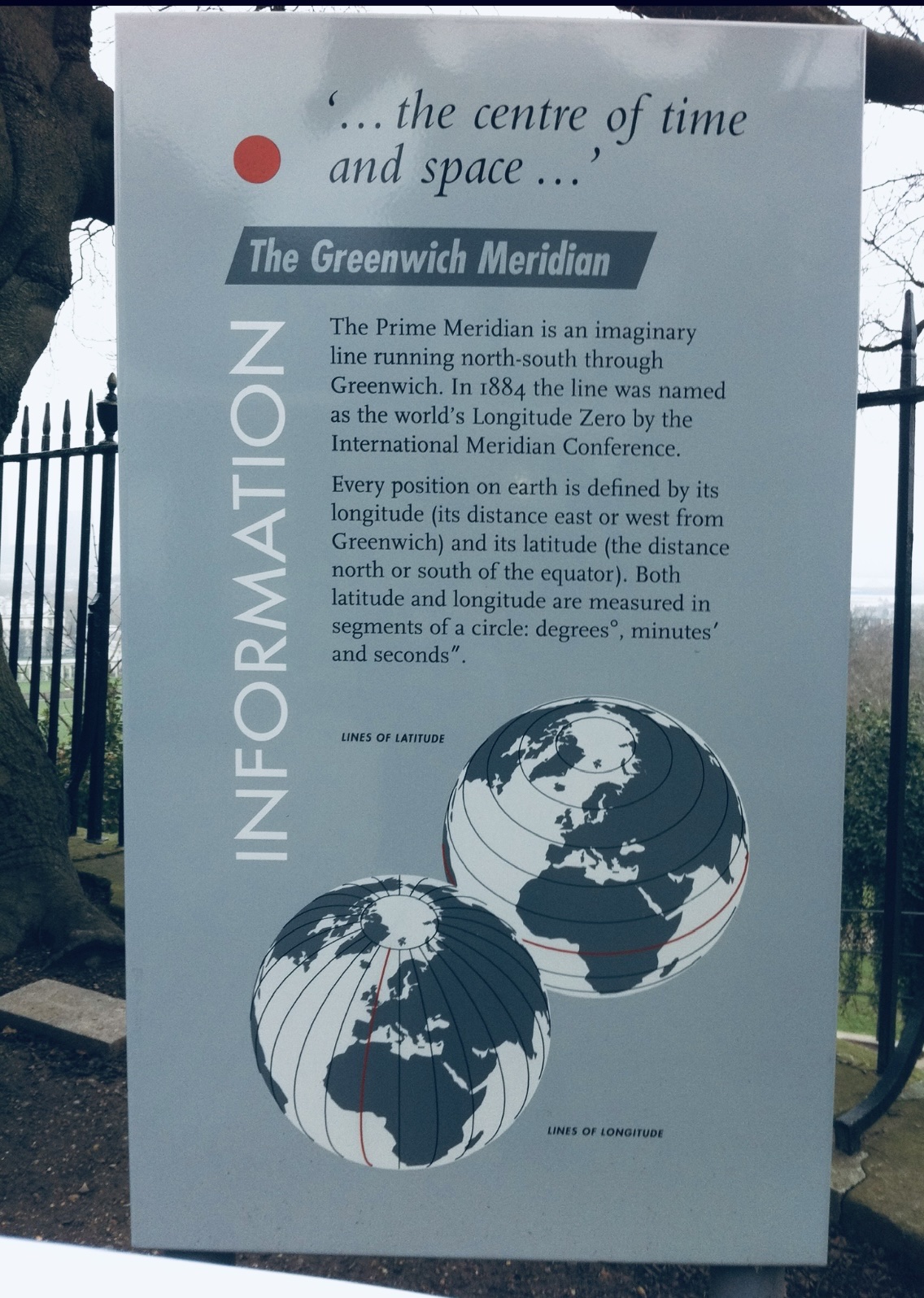Prime Meridian things to do, attractions, restaurants, events info and trip planning
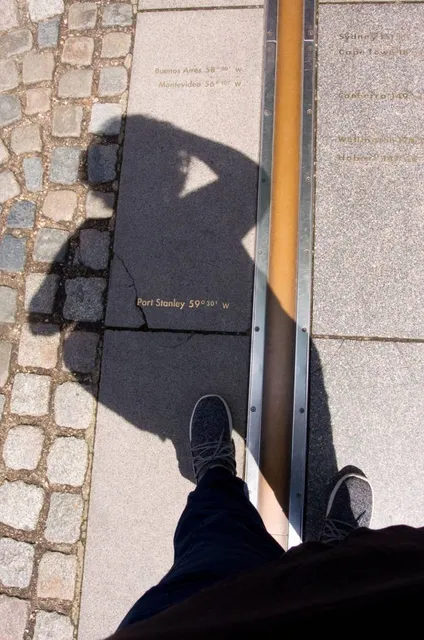
Basic Info
Prime Meridian
Royal Observatory, Blackheath Ave, London SE10 8XJ, United Kingdom
4.5(2.7K)
Open 24 hours
Save
spot
spot
Ratings & Description
Info
A prime meridian is an arbitrarily-chosen meridian in a geographic coordinate system at which longitude is defined to be 0°. Together, a prime meridian and its anti-meridian form a great circle. This great circle divides a spheroid, like Earth, into two hemispheres: the Eastern Hemisphere and the Western Hemisphere.
Cultural
Family friendly
attractions: Royal Observatory Greenwich, Greenwich Park, Peter Harrison Planetarium, The Old Royal Observatory Garden, Statue of General James Wolfe, Shepherd Gate Clock, Flamsteed House, National Maritime Museum, Public Standards of Length, Queen's House, restaurants: Bill's Greenwich Restaurant, Ye Olde Rose & Crown Greenwich, Heap's Sausage Café, Goddards at Greenwich, Rosa's Thai Greenwich, Banana Tree Greenwich, Honest Burgers Greenwich, Japes Greenwich, Sticks'n'Sushi Greenwich, London Naru
 Learn more insights from Wanderboat AI.
Learn more insights from Wanderboat AI.Phone
+44 20 8312 6608
Website
rmg.co.uk
Plan your stay

Pet-friendly Hotels in London
Find a cozy hotel nearby and make it a full experience.

Affordable Hotels in London
Find a cozy hotel nearby and make it a full experience.

The Coolest Hotels You Haven't Heard Of (Yet)
Find a cozy hotel nearby and make it a full experience.

Trending Stays Worth the Hype in London
Find a cozy hotel nearby and make it a full experience.
Reviews
Nearby attractions of Prime Meridian
Royal Observatory Greenwich
Greenwich Park
Peter Harrison Planetarium
The Old Royal Observatory Garden
Statue of General James Wolfe
Shepherd Gate Clock
Flamsteed House
National Maritime Museum
Public Standards of Length
Queen's House

Royal Observatory Greenwich
4.6
(8K)
Open 24 hours
Click for details
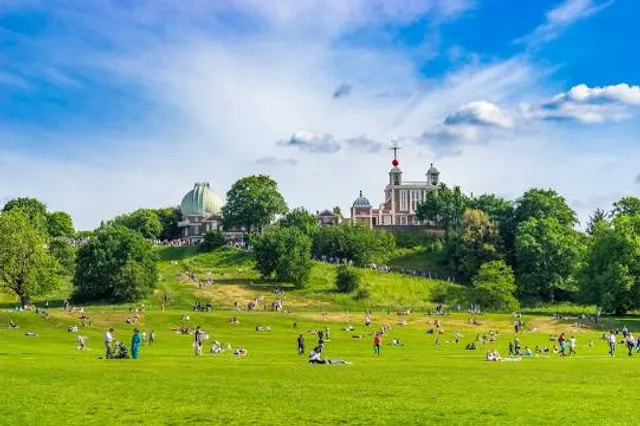
Greenwich Park
4.8
(17.3K)
Open 24 hours
Click for details
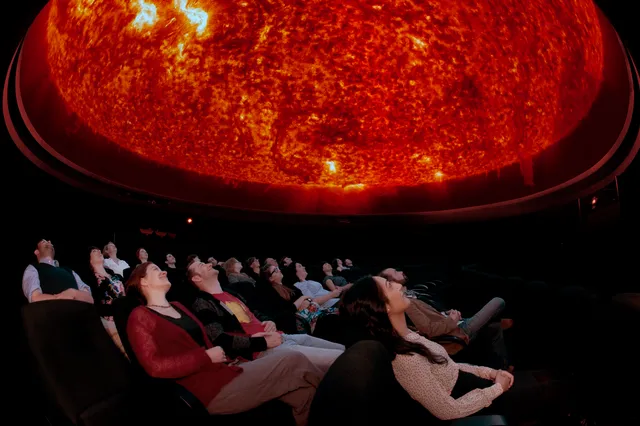
Peter Harrison Planetarium
4.5
(532)
Open 24 hours
Click for details
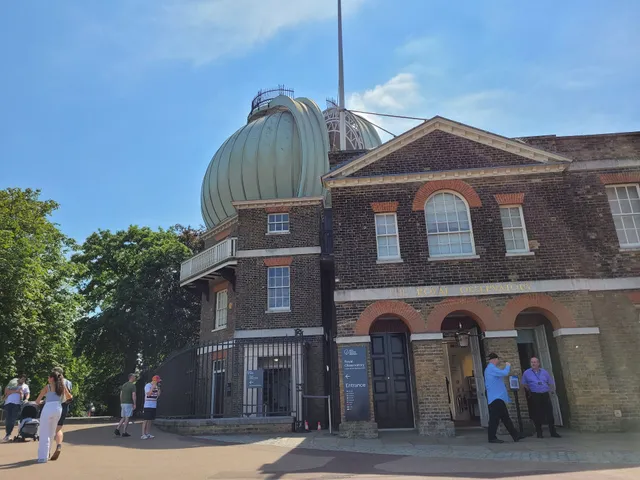
The Old Royal Observatory Garden
4.7
(222)
Open 24 hours
Click for details
Things to do nearby

Top-Rated London Harry Potter Tour—Family Friendly
Tue, Dec 30 • 9:30 AM
Greater London, N1 9AP, United Kingdom
View details
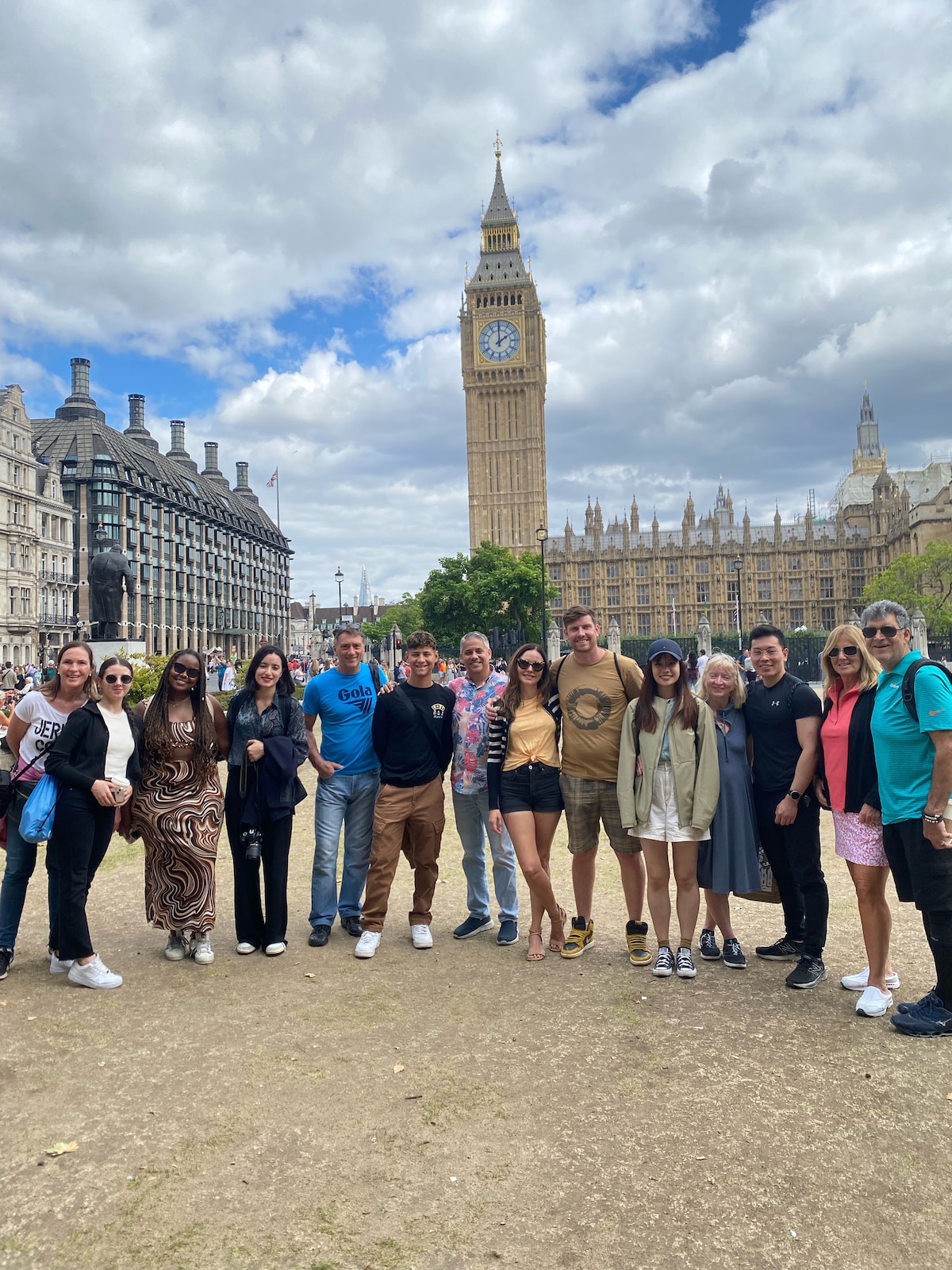
London sightseeing walking tour with 30 sights
Fri, Jan 2 • 10:00 AM
Greater London, SW1E 5EA, United Kingdom
View details
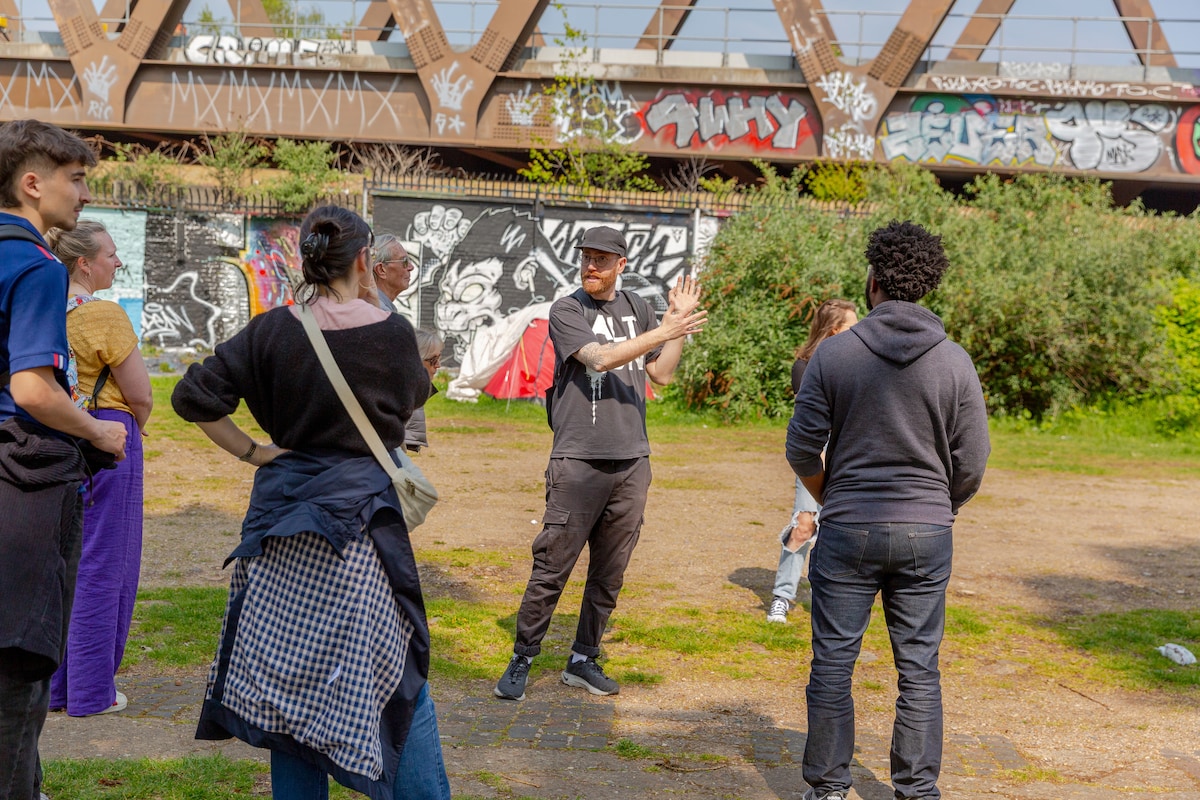
Explore London street art
Tue, Dec 30 • 11:00 AM
Greater London, E1 6AN, United Kingdom
View details
Nearby restaurants of Prime Meridian
Bill's Greenwich Restaurant
Ye Olde Rose & Crown Greenwich
Heap's Sausage Café
Goddards at Greenwich
Rosa's Thai Greenwich
Banana Tree Greenwich
Honest Burgers Greenwich
Japes Greenwich
Sticks'n'Sushi Greenwich
London Naru

Bill's Greenwich Restaurant
4.7
(4.5K)
$
Click for details
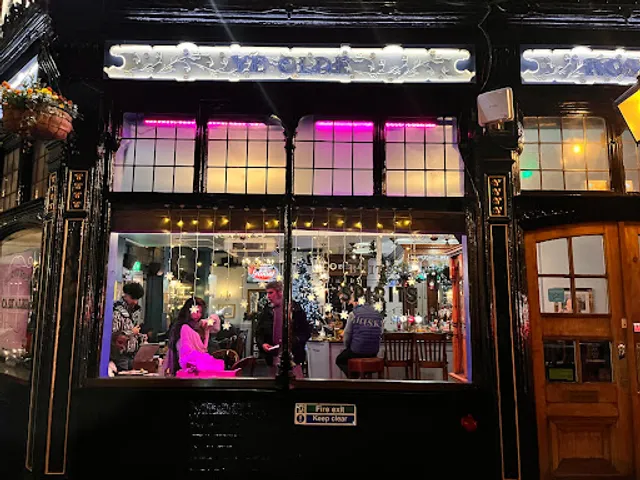
Ye Olde Rose & Crown Greenwich
4.4
(451)
Click for details
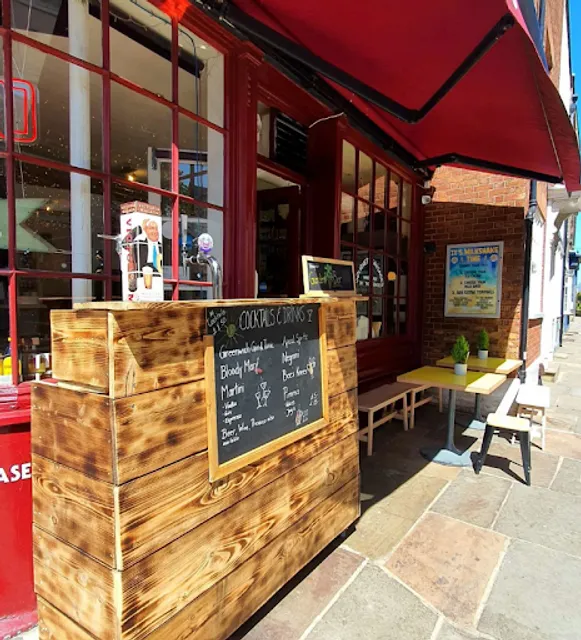
Heap's Sausage Café
4.6
(273)
Click for details
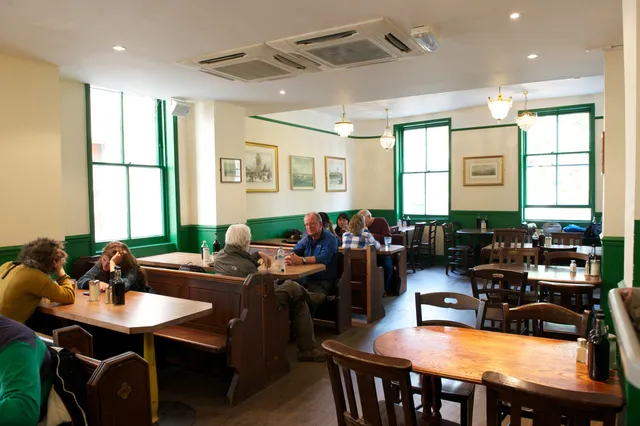
Goddards at Greenwich
4.6
(1.9K)
$
Click for details
The hit list

Plan your trip with Wanderboat
Welcome to Wanderboat AI, your AI search for local Eats and Fun, designed to help you explore your city and the world with ease.
Powered by Wanderboat AI trip planner.




